High above our busy human world, birds embark on epic journeys that have remained largely unchanged for millennia. These migrations, spanning continents and oceans, follow invisible highways in the sky – pathways that were established long before humans first took to the seas. What’s fascinating is that many of these avian routes align remarkably with ancient maritime trade routes, both shaped by the same fundamental force: the planet’s prevailing wind systems. These ancient trade winds, consistent air currents that mariners once relied upon for transoceanic voyages, continue to influence the migratory patterns of countless bird species today. The relationship between these winds and bird migration offers a compelling glimpse into how natural forces have shaped both human history and wildlife behavior in parallel ways that persist into our modern world.
The Ancient Mariners’ Compass: Understanding Trade Winds

Trade winds are persistent planetary-scale air currents that blow predominantly from east to west near the Earth’s equator. These reliable wind patterns occur between approximately 30 degrees north and south of the equator and have been instrumental in human navigation history since ancient times. Early mariners learned that by positioning their vessels within these predictable currents, they could harness free energy to propel their ships across vast oceanic distances. The name “trade winds” itself derives not from commerce but from the obsolete meaning of “trade” as a regular course or track, highlighting how consistent and dependable these wind patterns proved to be. Understanding these atmospheric highways was so crucial that entire trading empires rose and fell based partly on their mastery of these wind systems, with routes carefully planned to take advantage of seasonal shifts in wind direction and strength.
Nature’s First Navigators: Birds as Wind Masters
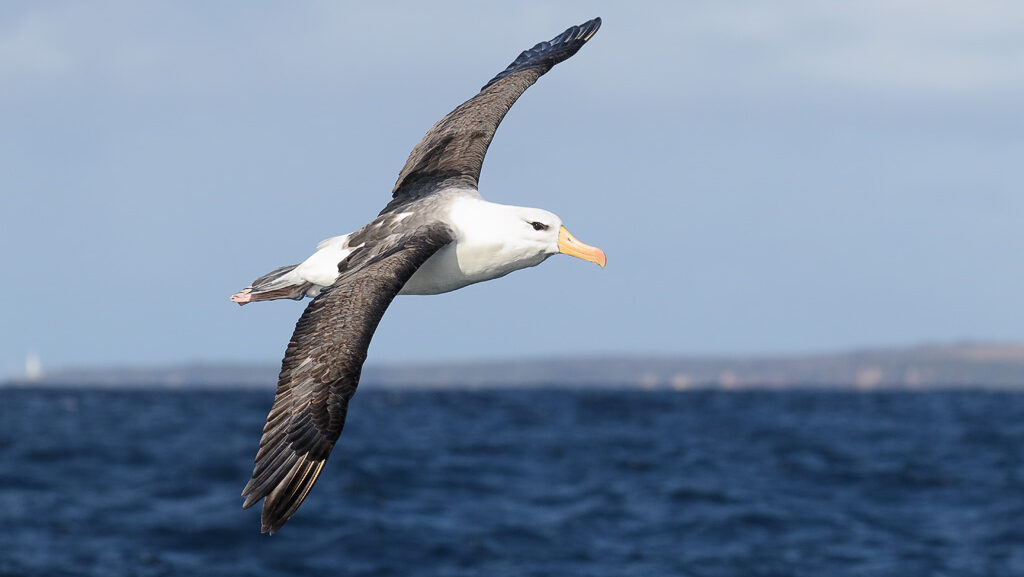
Long before humans constructed ships or contemplated ocean voyages, birds had already perfected the art of long-distance travel using the planet’s wind systems. Avian species evolved sophisticated adaptations to take advantage of these consistent air currents, developing wings and flight techniques specifically optimized for different wind conditions. Some birds, like the famous albatross, have wing structures specifically designed to harness the energy of oceanic winds, allowing them to soar for days with minimal energy expenditure. Others, like many songbird species, time their migrations precisely to coincide with favorable wind patterns that assist their journeys. This relationship between birds and winds represents one of nature’s most elegant examples of evolutionary adaptation, where species have literally shaped their bodies and behaviors around the planet’s atmospheric circulation patterns. For birds, these winds aren’t merely helpful – they’re often essential to survival, making lengthy migrations possible with limited energy reserves.
Shared Highways: Where Human and Avian Routes Converge
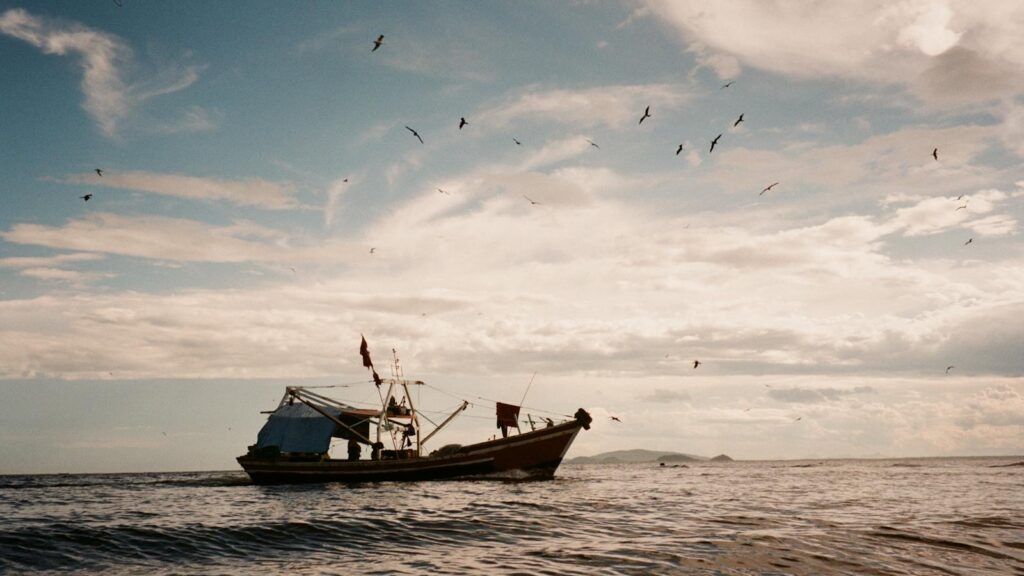
The remarkable overlap between historical maritime trade routes and major bird migration flyways is no coincidence but rather evidence of a shared optimization problem solved similarly by both humans and birds. Both faced the challenge of traveling vast distances while conserving energy, and both found the same solution in the planet’s wind patterns. This convergence is particularly evident in regions like the Mediterranean, where Phoenician and Greek trade routes closely parallel the pathways of migrating raptors and passerines. In the Pacific, the routes of Polynesian voyagers share striking similarities with the migration corridors of seabirds like shearwaters and petrels. Along the Atlantic, the infamous Middle Passage slave trade routes tragically followed the same wind patterns that guide millions of shorebirds between North and South America annually. These parallel navigational choices reveal how fundamental physical forces can shape seemingly unrelated behaviors across species.
The Atlantic Flyway: Ancient Winds and Modern Migration
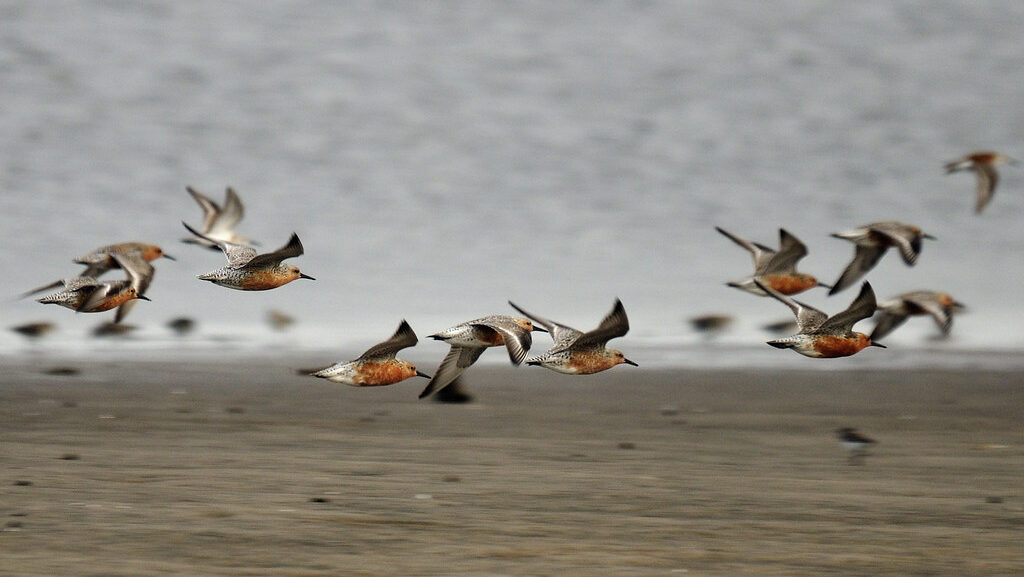
The Atlantic Flyway, stretching from the Arctic to South America, represents one of the most significant bird migration corridors in the Western Hemisphere and provides a compelling example of wind-influenced movement. This massive aerial highway is used by over 500 bird species and aligns remarkably with the prevailing westerlies and trade winds that European explorers and merchants utilized during the Age of Sail. Shorebirds like the red knot make particularly strategic use of these winds, timing their northward migration to catch tailwinds that dramatically reduce their energy expenditure on the journey from Argentina to the Arctic. Meanwhile, seabirds like the sooty shearwater exploit the circular patterns of Atlantic winds to make an annual figure-eight migration that covers over 40,000 miles. Historical shipping records from Portuguese and Spanish vessels from the 15th-17th centuries reveal routes that mirror these same pathways, demonstrating how both humans and birds independently discovered these optimal wind-assisted corridors.
The East Asian-Australasian Flyway: Wind Patterns and Ancient Commerce
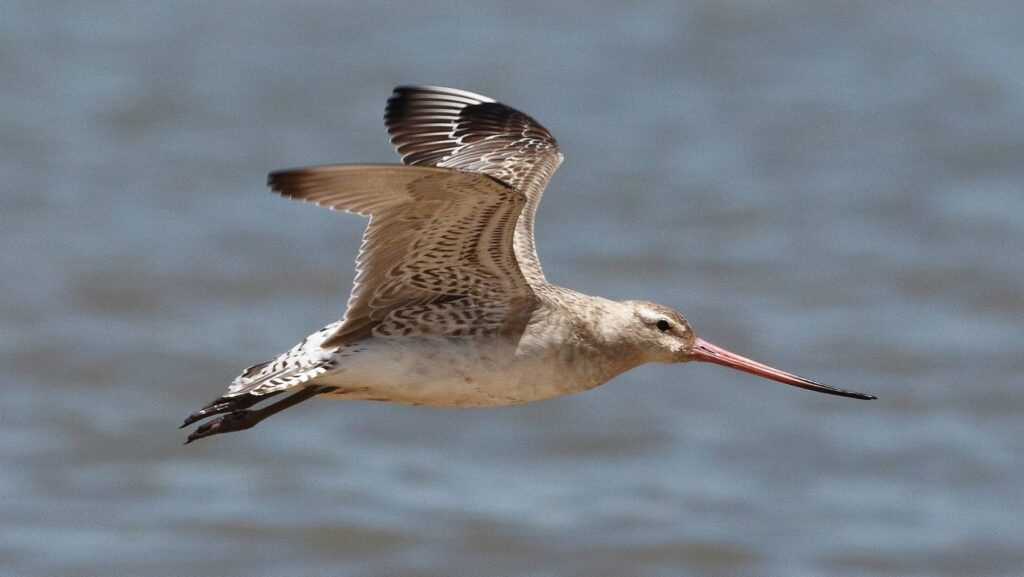
The East Asian-Australasian Flyway represents one of the world’s most complex and heavily traveled bird migration routes, stretching from Siberia and Alaska to Australia and New Zealand. This remarkable corridor supports the migration of over 50 million waterbirds annually and follows wind patterns that have also shaped human history in profound ways. Ancient maritime traders from China, Japan, and the Malay Archipelago established routes that closely mirror these avian pathways, following the seasonal monsoon winds that blow predictably northeast in summer and southwest in winter. Birds like the bar-tailed godwit, which makes the longest non-stop flight of any bird (7,500 miles from Alaska to New Zealand), time their migrations precisely with these wind patterns. Archaeological evidence from trading ports along this route reveals that commerce flourished during the same seasonal windows when birds made their migrations, suggesting that both human merchants and avian travelers were responding to the same atmospheric opportunities.
The Arabian Sea: Monsoons, Birds, and Ancient Trade

The Arabian Sea represents one of history’s most wind-dependent trading regions, where the predictable monsoon system created a biannual rhythm of commerce that aligned perfectly with bird migration patterns. For millennia, traders from East Africa, Arabia, and the Indian subcontinent timed their voyages to coincide with the summer southwest monsoon and winter northeast monsoon, creating a commercial pulse that followed the wind. This same wind system guides countless birds between Africa and Asia, including species like the Amur falcon that cross the Arabian Sea during their epic migrations. Ancient ports like Zanzibar, Muscat, and Mumbai became prosperous precisely because they served as nodes along these wind-determined routes. Maritime texts from as early as the first century CE, such as the “Periplus of the Erythraean Sea,” describe in detail how merchants scheduled their voyages according to these winds, unwittingly mimicking the strategies of migratory birds that had been making similar journeys for millions of years.
The Pacific Pathways: Polynesian Navigation and Seabird Routes
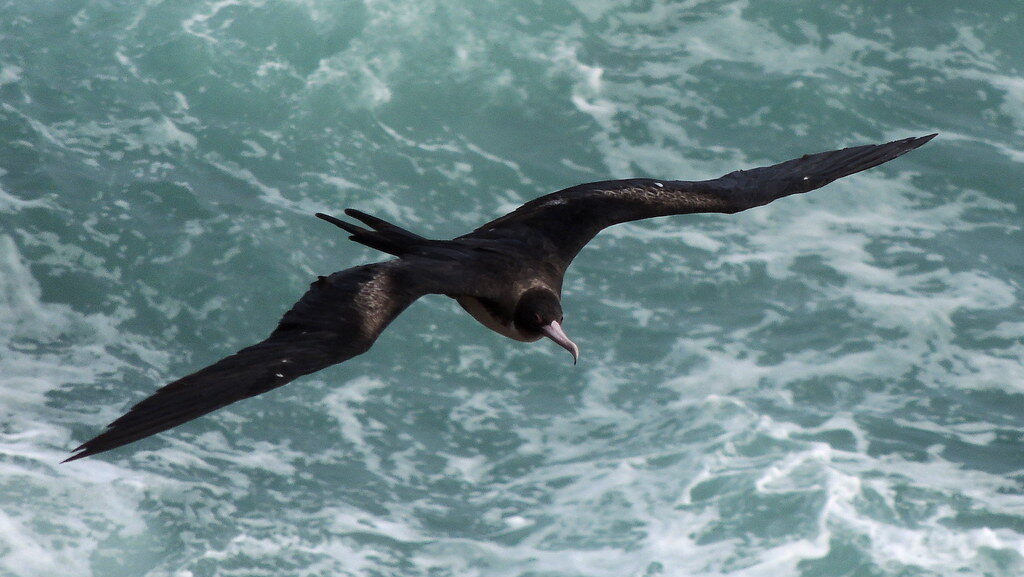
The vast Pacific Ocean presents perhaps the most striking example of parallel development between human navigation and bird migration routes. Polynesian navigators accomplished one of humanity’s greatest feats of exploration by island-hopping across the Pacific, following wind patterns that had already been utilized by seabirds for millions of years. Species like the great frigatebird, which can stay aloft for up to two months, travel between Pacific islands using the same trade wind patterns that guided Polynesian voyagers in their outrigger canoes. Traditional navigation knowledge passed down through generations of Pacific islanders includes detailed understanding of how different bird species utilize specific wind corridors between islands. Archaeological evidence suggests that early Polynesian settlers often followed seabirds to discover new lands, recognizing that these winged navigators could lead them to distant islands beyond the horizon. This relationship between human and avian navigators represents one of history’s most remarkable examples of interspecies knowledge transfer, even if the birds were unwitting guides.
Climate Change: Disrupting Ancient Patterns
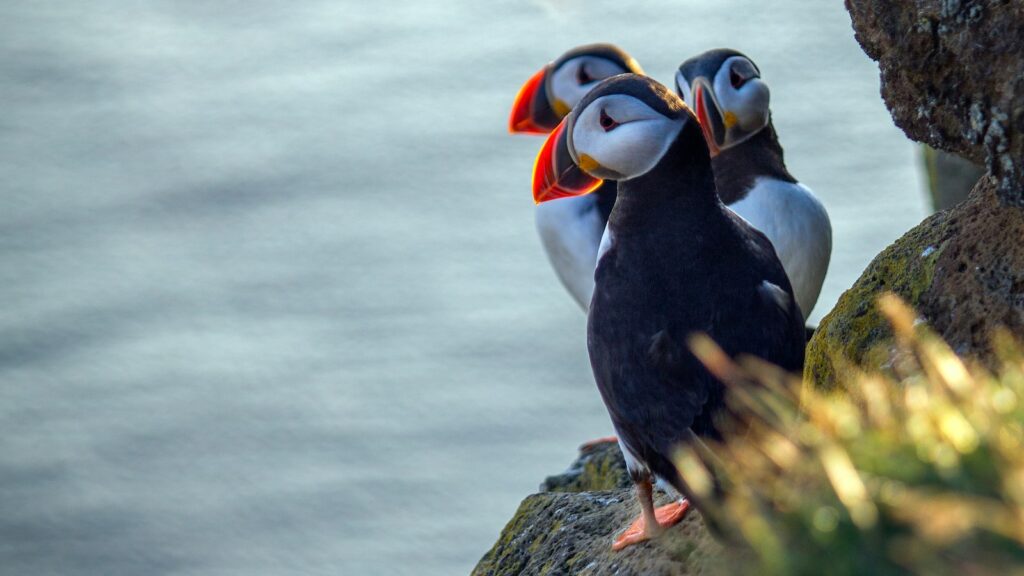
As climate change alters global wind patterns and ocean currents, both modern birds and human shipping routes face unprecedented disruption to systems that have remained relatively stable for millennia. Scientists have documented shifting migration timing in numerous bird species as they attempt to adapt to changes in the trade winds and jet streams that have guided their journeys for countless generations. For example, research shows that Atlantic puffins are arriving at breeding grounds increasingly out of sync with their food sources as changing wind patterns alter their migration schedule. Similarly, the shipping industry now contends with less predictable wind patterns that affect fuel consumption and transit times along routes that once reliably harnessed the trade winds. These parallel challenges highlight the continued connection between avian and human navigation, now united in facing the consequences of anthropogenic climate change. The disruption of these ancient wind highways represents not only a threat to bird populations but also a symbolic unraveling of patterns that have shaped both natural and human history.
Technological Adaptations: Birds vs. Humans
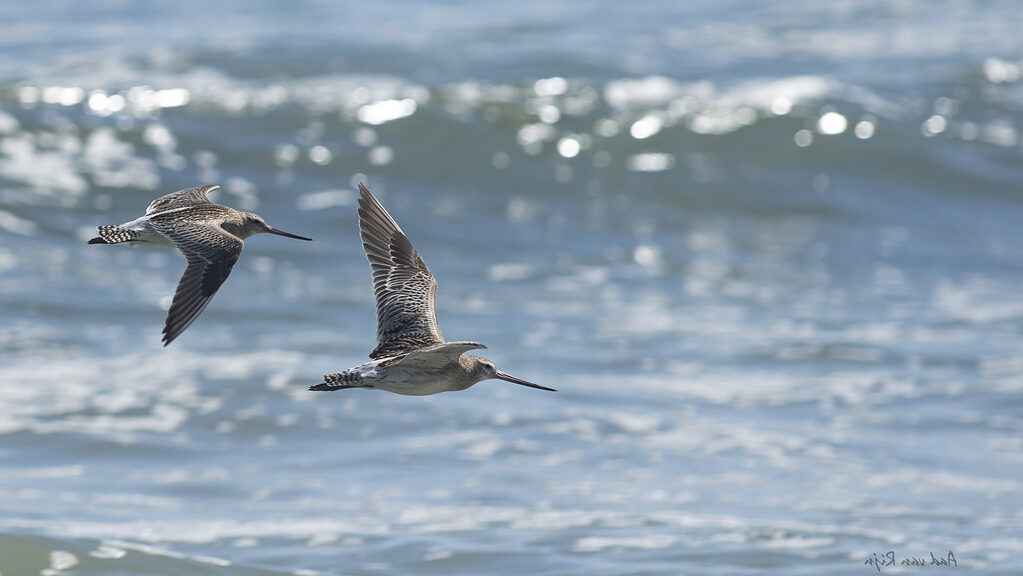
While birds continue to rely primarily on their evolutionary adaptations to navigate wind systems, humans have increasingly supplemented traditional wind-based navigation with technology. Modern shipping vessels use sophisticated weather routing software that optimizes courses based on wind and current predictions, yet the fundamental routes often still follow the ancient trade wind patterns. Birds, meanwhile, appear to be developing behavioral adaptations to changing conditions, with some species altering their migration timing or routes in response to shifting wind patterns. Research using satellite tracking has revealed that some birds, like the bar-tailed godwit, now make more frequent stops during migration rather than attempting long continuous flights when wind conditions are unfavorable. This represents a fascinating divergence in adaptive strategies: while humans use technology to maintain efficiency despite changing winds, birds must evolve new behaviors within their biological constraints. The contrast highlights the different ways species respond to environmental change while still being fundamentally influenced by the same atmospheric forces.
Wind-Dependent Migrants: Species Most Affected by Trade Winds
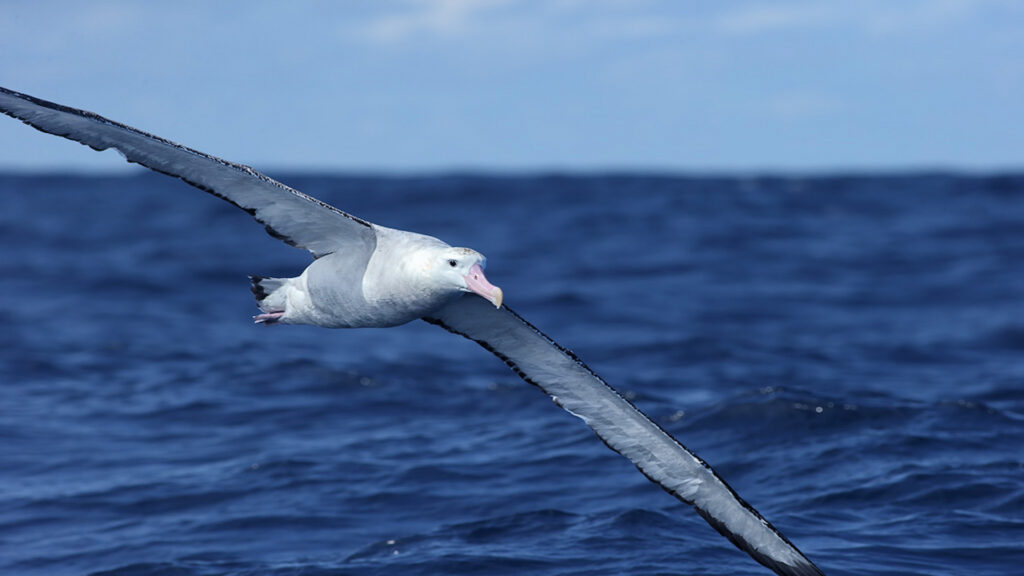
Certain bird species demonstrate particularly strong dependencies on trade wind patterns, having evolved highly specialized adaptations to these consistent air currents. Pelagic seabirds like the wandering albatross have wing structures specifically designed for dynamic soaring in the powerful winds of the Southern Ocean, allowing them to travel vast distances with minimal energy expenditure. These birds can maintain speeds of over 50 miles per hour for days on end by strategically moving between different wind layers. Arctic terns, which make the longest migration of any animal from pole to pole, carefully time their journeys to coincide with favorable trade winds, cutting thousands of miles off their journey through strategic wind utilization. Similarly, the great frigatebird has mastered the art of riding thermal updrafts and trade winds so effectively that individuals have been recorded staying aloft for over two months without landing. These specialized wind-dependent species serve as living barometers of trade wind patterns, with their breeding success and population trends often reflecting the health and stability of these ancient atmospheric highways.
Cultural Connections: Birds in Maritime Traditions

Throughout history, seafaring cultures have recognized the connection between bird behavior and wind patterns, incorporating this knowledge into navigation traditions and folklore. Polynesian wayfinders closely observed the flight paths of seabirds, understanding that certain species reliably followed specific wind corridors between islands. In European maritime tradition, sailors paid careful attention to migrating land birds that appeared over ships, knowing these travelers often indicated the direction of land and prevailing winds. The ancient Phoenicians reportedly carried caged birds on their vessels, releasing them when lost and following their flight direction to find land, a practice that recognized birds’ superior ability to detect and utilize favorable winds. Native American tribes along major flyways developed elaborate calendars based on bird migrations, which coincidentally also marked the optimal times for water travel when winds were most favorable. These cultural practices demonstrate how human societies across the globe independently recognized and honored the relationship between birds and wind patterns, incorporating this natural wisdom into their own navigational practices.
Conservation Implications: Protecting Wind-Dependent Migration Routes
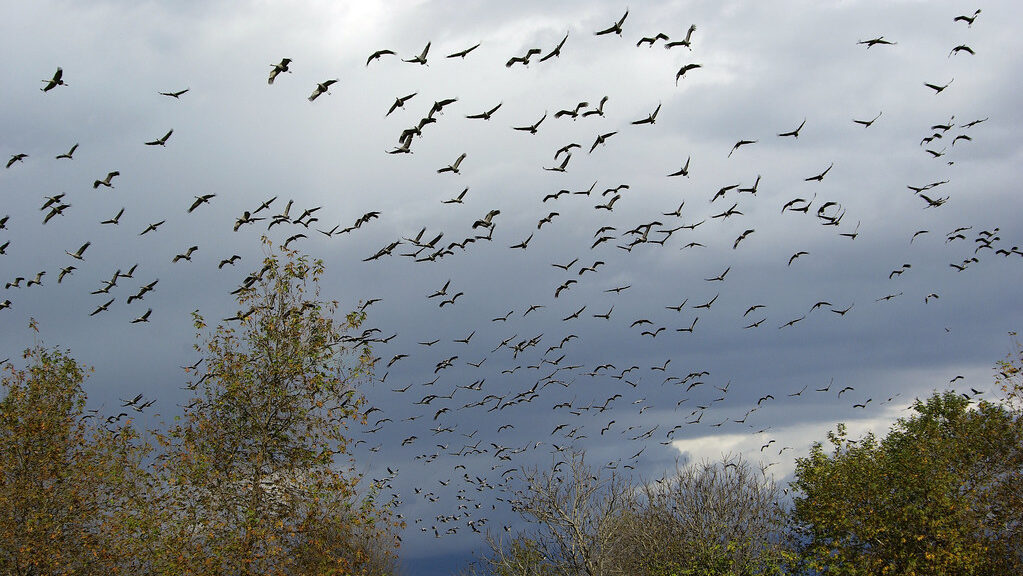
Understanding the relationship between trade winds and bird migration routes has significant implications for modern conservation efforts, particularly as these ancient pathways face unprecedented threats. Conservation biologists now recognize that protecting migratory birds requires more than just preserving breeding and wintering grounds – the airspace itself, with its wind corridors, must be considered a critical habitat component. This has led to innovative conservation approaches such as “flyway conservation,” which seeks to protect entire migration corridors rather than isolated habitats. Wind energy development presents a particularly complex challenge, as the same wind patterns that birds have relied upon for millennia are now prime locations for wind turbines. Conservationists advocate for careful siting of wind farms away from major migration corridors, especially at bottleneck locations where birds concentrate as they follow trade wind patterns. By acknowledging the ancient relationship between birds and trade winds, modern conservation efforts can better protect these aerial highways that have guided avian travelers since long before human history began.
The Future: Will Ancient Patterns Persist?
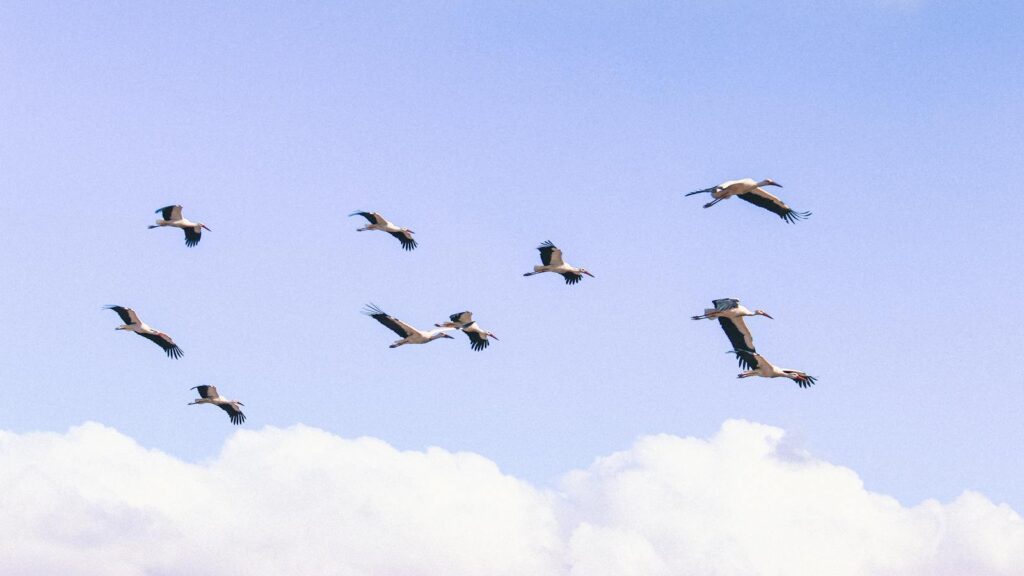
As we look toward the future, the question remains whether the ancient relationship between trade winds and bird migration will continue to shape avian journeys in the coming centuries. Climate models predict significant changes to global wind patterns, with potential intensification of trade winds in some regions and weakening in others as planetary temperature gradients shift. Birds face the evolutionary challenge of adapting to these changes rapidly enough to maintain their migratory traditions. Some species demonstrate remarkable flexibility, already adjusting their routes in response to changing conditions, while others appear more rigidly programmed to follow specific pathways regardless of changing winds. Human maritime activities are similarly adapting, with shipping routes increasingly dictated by economic and political factors rather than wind patterns alone. Yet despite these changes, the fundamental physical forces that create the planet’s wind systems will persist, suggesting that some version of these ancient aerial highways will continue to influence both human and avian travelers well into the future, maintaining a connection that has shaped our parallel journeys for millennia.
Conclusion
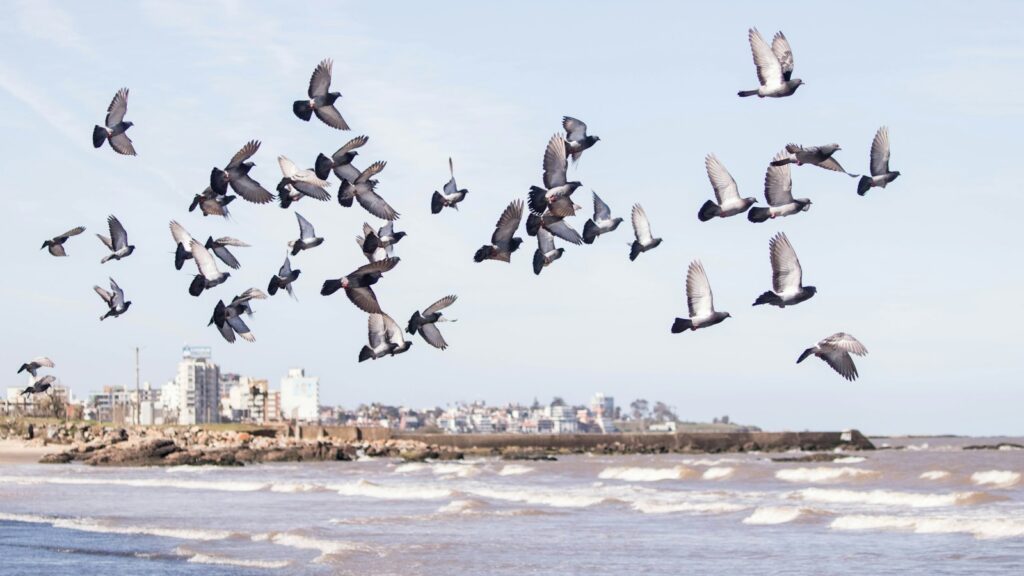
The invisible highways of the sky, shaped by trade winds that have blown consistently for millions of years, represent one of nature’s most enduring navigational systems. Birds, as the planet’s first aerial navigators, developed sophisticated adaptations to these wind patterns long before humans first took to the seas. When our ancestors eventually ventured across oceans, they unknowingly followed pathways already well-established in the biological world, creating a remarkable convergence between human commerce and avian migration. Today, as both birds and humans face unprecedented changes to these ancient wind systems due to climate change, we find ourselves once again connected through our shared dependence on planetary air currents. By understanding and protecting these wind-based migration corridors, we not only safeguard the future of countless bird species but also preserve a profound connection to navigational wisdom that has shaped both natural history and human civilization since time immemorial.
